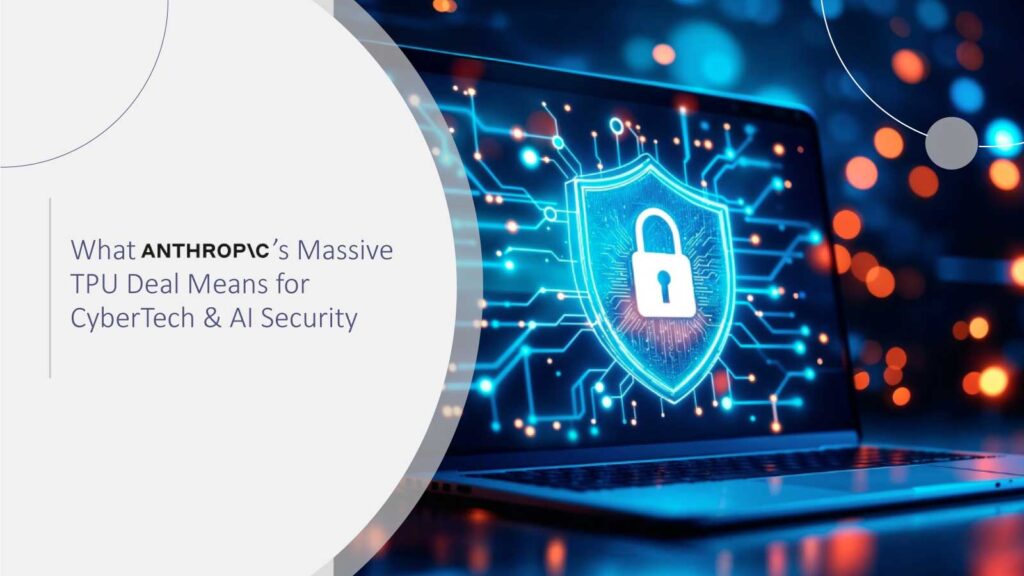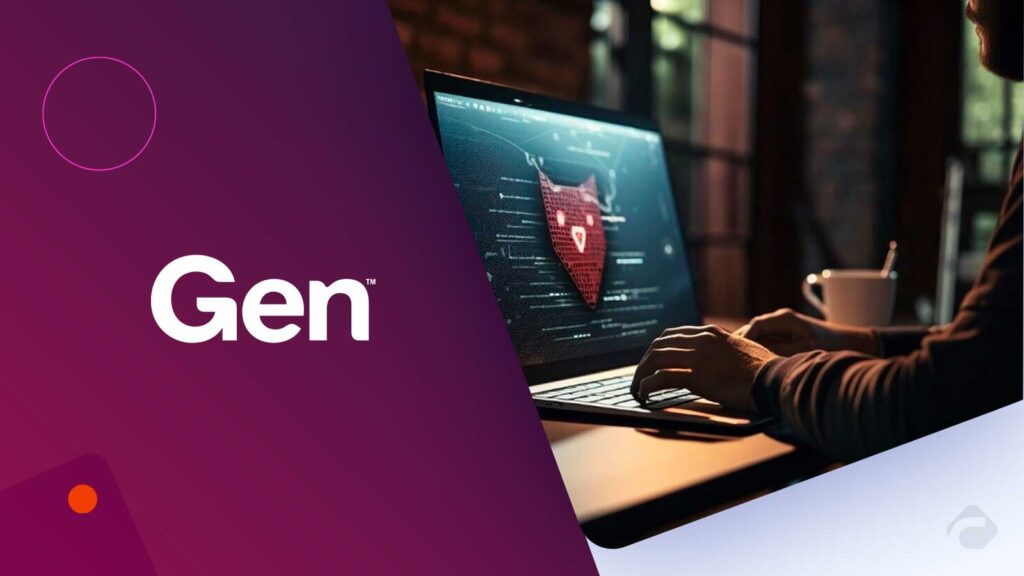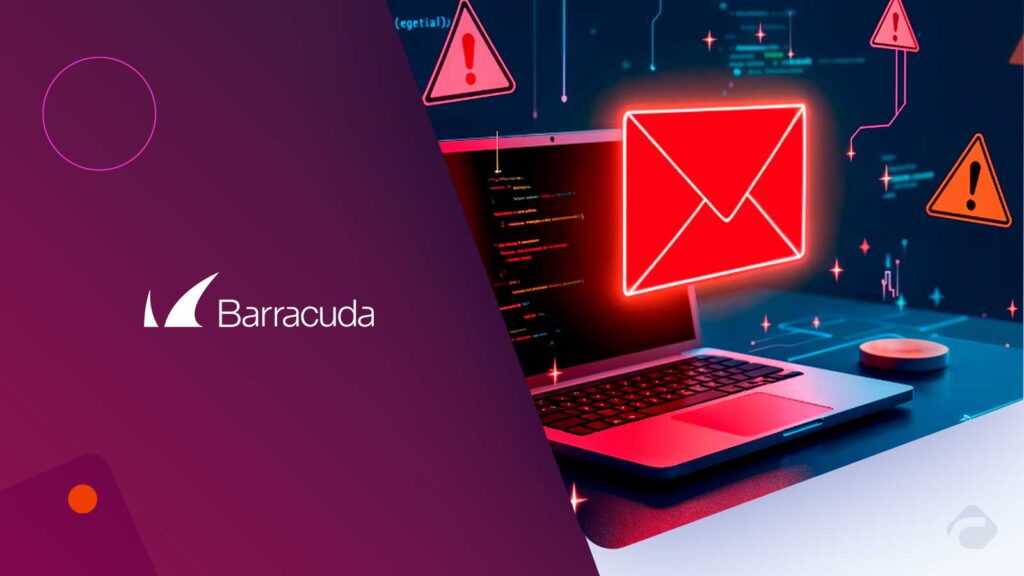Cybersecurity is no longer confined to IT departments, where it once operated quietly in the background. It has been seen in the boardroom, in the newsroom, and even in our living rooms. It is expected that the technology will be very different by 2026 – quicker networks, more intelligent gadgets, and, unfortunately, more clever hackers.
Let me also tell you that security is upgrading to, and lucky are those organizations that are already equipped to face any kind of threat. You may not see it as a chase between a cat and a mouse, but more like a marathon where the competitors with the best stamina, caution, and tactical planning win. AI-enabled security platforms will reduce incident response times by up to 70% by 2026. Companies using AI-driven automation save an average of $1.8M per breach compared to those without.
This article opens up seven future cybersecurity trends of 2026 that professionals, tech lovers, and busy executives should be aware of. Nobody is saying that each tendency is only an expectation, but it is a route to be prepared in the future as threats are quickly coming.
1. The Integration of AI in Cyber Defense Starts to be a Reality over Time
Despite AI in security being a topic that has been discussed for a long time, it will be a must-have by 2026. AI-driven threat detection systems that are able to scan real-time data in billions of data points are being adopted by organizations. Gartner expects that more than 80% of enterprises will have used generative AI APIs or deployed generative AI-enabled applications by 2026.
Imagine this: Rather than the human analyst operating the scene only after several steps have been performed, an AI system could be in the middle of the action even when it is 2 A.M. by immediately spotting an abnormal login from an unknown place, restricting the account, and warning the team, happening long before the team starts its day.
Does this indicate that human analysts will be replaced by AI? No, definitely not. AI will be a helper that complements the human decision, not a rival. Actually, the most powerful defenses will be the result of the cooperation between AI and humans.
2. Zero Trust Architecture Becomes the Global Standard
If cybersecurity were to represent its main idea for 2026 in the form of one slogan, it would certainly be “Never trust, always verify.” Zero Trust has moved beyond debate and is becoming the universal security framework, where every single one of the access requests (be it from employees, devices, apps, or partners) has to be authenticated and authorized.
According to the 2025 State of Zero Trust report by Forrester, 68% of enterprises surveyed said they planned to have fully adopted Zero Trust models by 2026. And it’s quite reasonable: the future of work will still be hybrid and, as it is now, it will still be as complex to manage access across cloud platforms, SaaS tools, or from remote endpoints.
What does this mean for individuals? Think of it as if it were your home. You surely wouldn’t hand over the key to the house to everyone who had ever been there. What you do instead is check who it is at the door and then let them in every time. Zero Trust is doing the same thing for digital assets.
3. Quantum-Resistant Encryption: Preparing for the Next Leap
Quantum computing is inevitable. Most organizations will be fine for a while, but “harvest now, decrypt later” type of attacks are becoming more frequent. Those who do such attacks will be able to copy encrypted data today and decrypt it only when quantum computers have become powerful enough.
As a result, leading enterprises will follow the standards of post-quantum cryptography (PQC) at the latest in 2026 in order to protect such data. NIST (the U.S. National Institute of Standards and Technology) is in the process of selecting the PQC benchmarks, which aim to facilitate the transition of organizations towards the future quantum era.
The top point to take away? Integrate preparation with what you do right from today. The moment quantum computing becomes the norm, you will definitely want your defenses to be already in place instead of rushing and trying to catch up.
4. Cybersecurity Mesh: Breaking Down Silos
Security tools usually work as if they are puzzle pieces that don’t completely fit each other, firewalls in this place, identity systems in that, and endpoint protection somewhere else. A cybersecurity mesh architecture (CSMA) is a comprehensive, adaptive, and connected approach that integrates the tools across host environments.
Gartner claims that companies going for cybersecurity mesh will not only have the chance to cut down the financial effect of data breaches by an average of 90% by 2026, but will also harness the power of one kind of resilience rather than simply efficiency.
This is just like a visual representation of a better understanding of the overall condition of the system when access to different layers of the system gives a less complicated way of managing everything for the busy professionals who get limited access to their dashboards, which were previously there, and a few other parts of the system.
5. The Human Layer Gets Smarter (and Kinder)
Technological progress is only half the battle won. The human factor will continue to be the biggest variable in cybersecurity in 2026. Instead of traditional compliance training, companies are moving towards more personalized and relevant security education. Micro-learning formats improve retention by 60% compared to traditional training.
How about a 2-minute micro-training video, which is very interactive and contextual, popping up right after you click on a suspicious link, which then keeps you engaged and reduces your fatigue, instead of a 2-hour tedious seminar that takes six months to come around?
A neat irony? Among the reasons for hackers’ success is their minimalistic approach; only one time and only one careless user is exactly what they need. Companies make sure that this will not be possible by introducing human-centered and smart training programs.
6. Regulation and Compliance Shape Security Strategy
Cybersecurity has evolved from being merely a technical challenge to becoming a legal issue and a matter that affects the brand’s reputation. We see strict legislation for data protection and cybersecurity emerging in every part of the world, and the severity of the punishments for not complying with the laws is increasing as well. 72% of CEOs rank cybersecurity regulations as a top-three business risk influencing corporate strategy.
A new global initiative centered around artificial intelligence transparency, data transfer across borders, and the protection of critical infrastructure is going to be formed within the next 4 years.
As for the corporate world, the CISO will increasingly sit at the core of executive decision-making. The security issue will no longer just be in the hands of the IT department, but will be a business feature that can guarantee consumer loyalty and the good reputation of the brand.
7. Cyber Resilience Outshines Cybersecurity
The traditional approach to cybersecurity is giving way to a more nuanced focus on resilience.
Cyber resilience blueprints center on activities of identification, isolation, and, ultimately, restoration. By 2026, organizations’ funds will be equally divided between resilience playbooks and prevention tools.
For example, it can be compared to air travel. Even the most skilled pilots always expect turbulence. So, it is not if you will have difficulties, but how efficiently you solve them.
Conclusion: Future-Proofing Your Digital World
By 2026, cybersecurity will be less about static barriers and more about dynamic, adaptive systems aligned with human behavior.
The following points should be considered:
- AI and automation’s role will be the implementation of defense in real-time.
- Zero Trust will not be an option, but the standard.
- The shift of quantum security will be from the laboratory to everyday life.
- The mesh idea of cybersecurity will allow the interaction between organizations with varying structures.
- Educating and training people first will be an assistance to the ‘human layer.’
- Regulations will increasingly keep pace with technological progress.
The main concept of the current topic is quite clear: security actions, which are not a waiting game but a readiness and anticipation act for today, will have to be implemented so that no future breaches, even those of 2026, occur.
FAQs
1. What does Zero Trust mean in simple terms?
Zero Trust is a security model that distrusts every user, device, or software as a potential attacker and, for that reason, does not allow access to any part of the network unless the requester has been authenticated and authorized, not even in the case of the internal network.
2. How soon should businesses adopt quantum-resistant encryption?
Experts advise that planning should begin now because cybercriminals could already be collecting encrypted data for a time in the future when they will be able to decrypt it.
3. Why is AI important in cybersecurity?
Technology like AI greatly reduces the time for a threat to be detected and the automated response to be triggered; as a result, the overall breach response time is much smaller compared to the case of human-only teams.
4. What is cybersecurity mesh architecture?
It is a security model that integrates security tools across various platforms, and different geographic locations are brought together into one security system.
5. How can organizations improve the “human layer” of cybersecurity?
Firstly, long, typical, tedious training sessions referred to as the “one-size-fits-all” approach need to be stopped and replaced with the personalized, just-in-time learning co-creation that is engaging and effective.
For deeper insights on agentic AI governance, identity controls, and real‑world breach data, visit Cyber Tech Insights.
To participate in upcoming interviews, please reach out to our CyberTech Media Room at sudipto@intentamplify.com.







